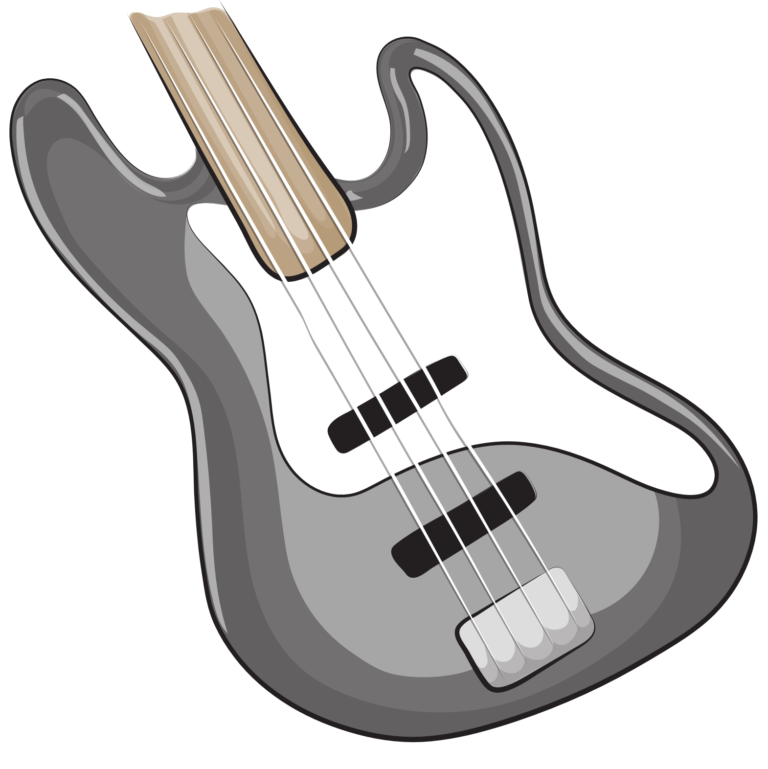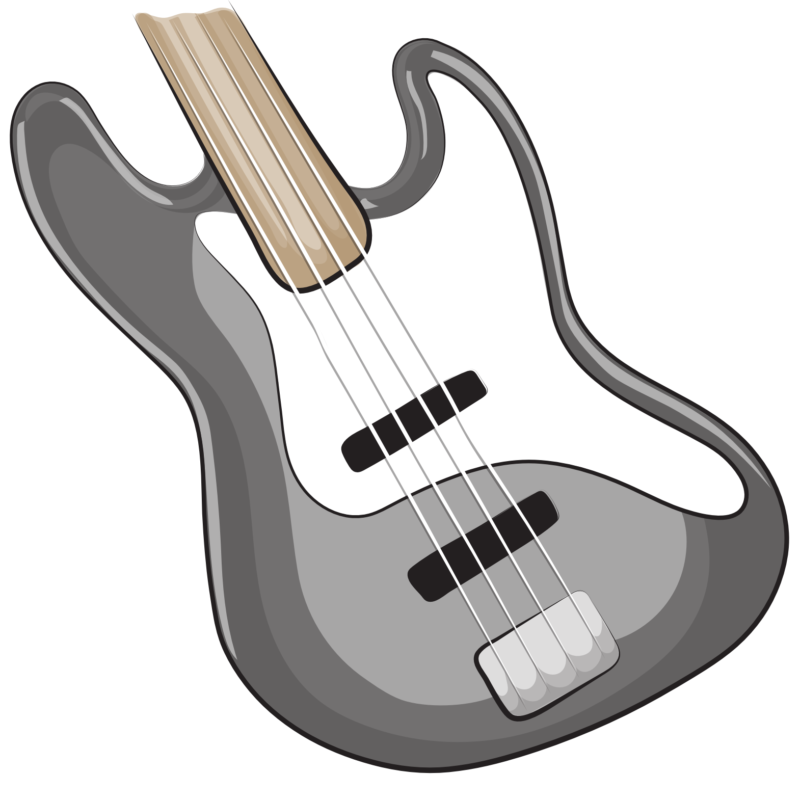A Symposium on Soundtracks

On y va!
The piece of music I have in mind lasts only forty-five seconds, which is shockingly brief measured against the inner world it evokes. In what I now know is a fragmentary motif, a few lowing bass notes rise like bubbles from the bottom of a pool, becoming increasingly ragged as they approach the surface. They get close enough to one another to imply melancholy harmony before they dissipate. The riff repeats only once, a little more achingly. Then the bass hands its figurative duties over to a dulcimer, whose jaunty fatalism carries the mood forward even as a more deliberate structure begins to eat away at the oceanic resonance of those bass notes. As the bass recedes into a supporting role, providing squiggly accents at odd intervals, a mental image slides back into inaccessibility too. In my memory, the soundtrack, by Henny Vrienten, to George Sluizer’s 1988 film The Vanishing, was an expanse of fretless bass only, mournful and spare, diaphanous and purplish, like neon light filtered through glass bricks. I feel a spasm of disappointment in realizing its magic is more contained than I recalled, that the film’s music on the whole is not remarkable enough to justify a soundtrack album in which I could wallow between viewings.
The transporting seconds I remember accompany the movie’s protean establishing shots. First, hearing only ambient sound, we see a twig mantis clinging to a tree trunk against a background of blurred yellow fields. The bass arrives as the camera floats over the red rooftops of a small village and lands on an elevated roadway, where a couple named Rex and Saskia are driving to a vacation home in the South of France. They’re festively killing time with some alliteration-based word game, but woven into their interactions is a petty conflict about who should be driving. They end up running out of gas in a tunnel, and Rex abandons his girlfriend with a measure of sadistic fulfillment as she frantically searches for a flashlight. This little trauma is a rehearsal for the bigger one to come. The soundtrack works according to this logic, too, echoing a central theme in different instrumental voices, with varying degrees of recognizability. We see characters repeat the same patterns in different contexts with very different resonances, and our hearts sink a little more each time. There’s no eruption of violence, just repetition, missed opportunities, and the intervention...
You have reached your article limit
Sign up for a digital subscription and continue reading all new issues, plus our entire archives, for just $1.50/month.
Already a subscriber? Sign in





